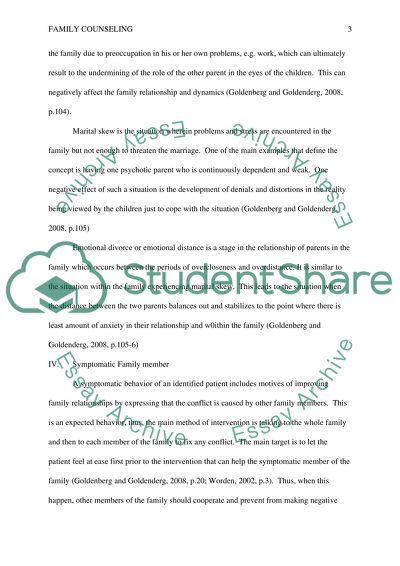Cite this document
(“Family Counseling Essay Example | Topics and Well Written Essays - 1250 words”, n.d.)
Retrieved from https://studentshare.org/family-consumer-science/1428518-family-counseling
Retrieved from https://studentshare.org/family-consumer-science/1428518-family-counseling
(Family Counseling Essay Example | Topics and Well Written Essays - 1250 Words)
https://studentshare.org/family-consumer-science/1428518-family-counseling.
https://studentshare.org/family-consumer-science/1428518-family-counseling.
“Family Counseling Essay Example | Topics and Well Written Essays - 1250 Words”, n.d. https://studentshare.org/family-consumer-science/1428518-family-counseling.


